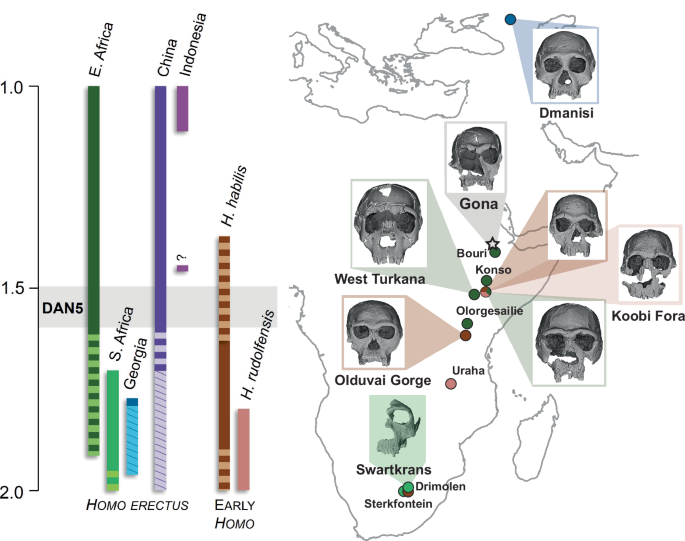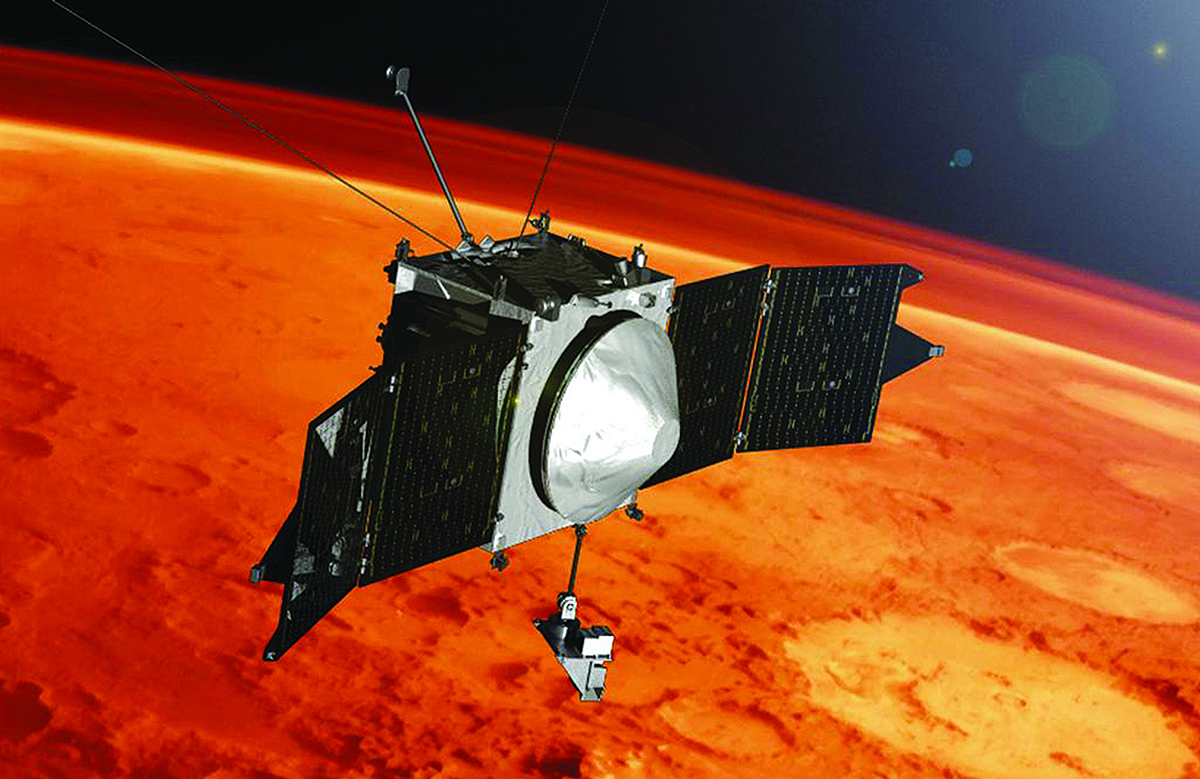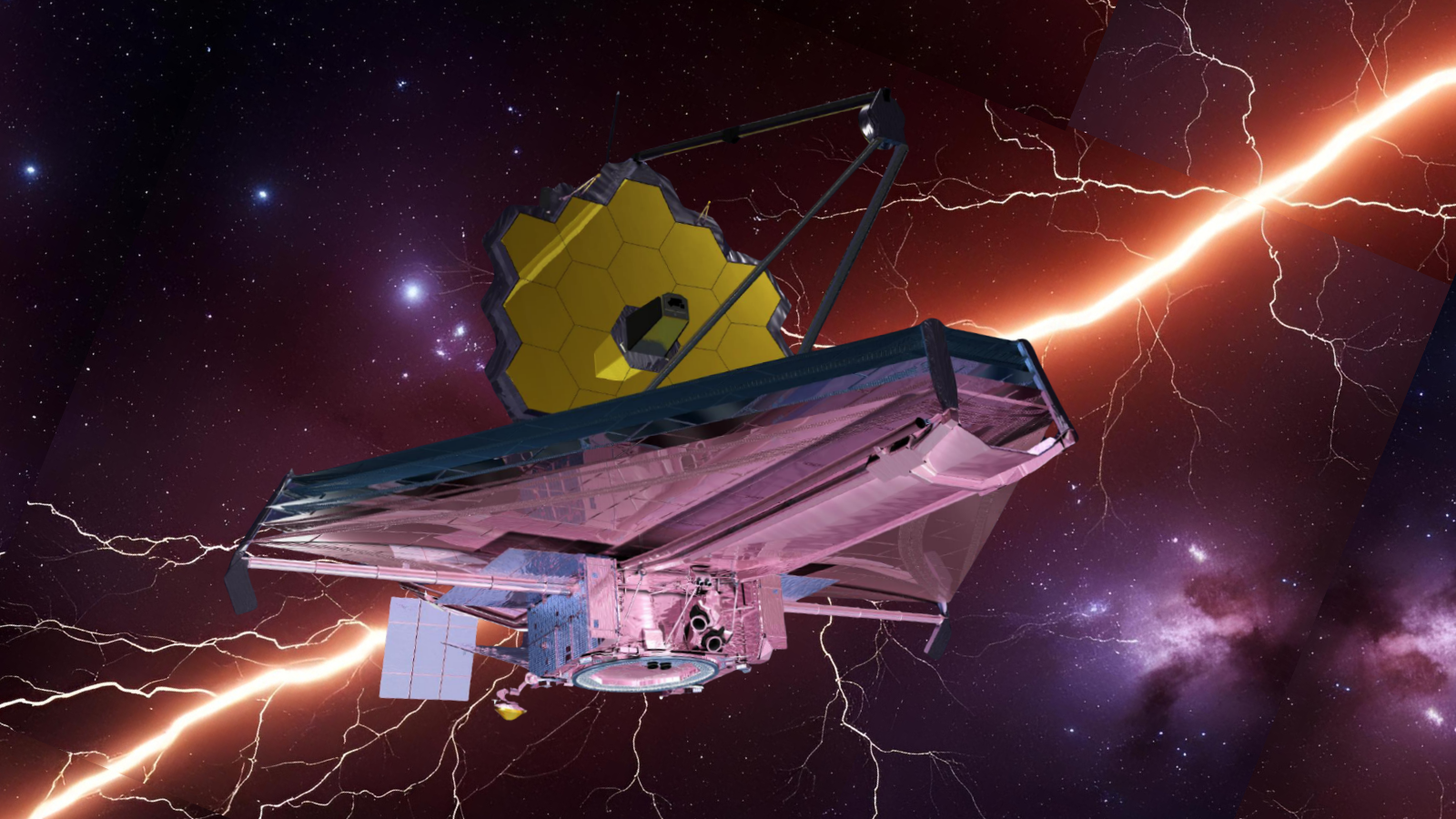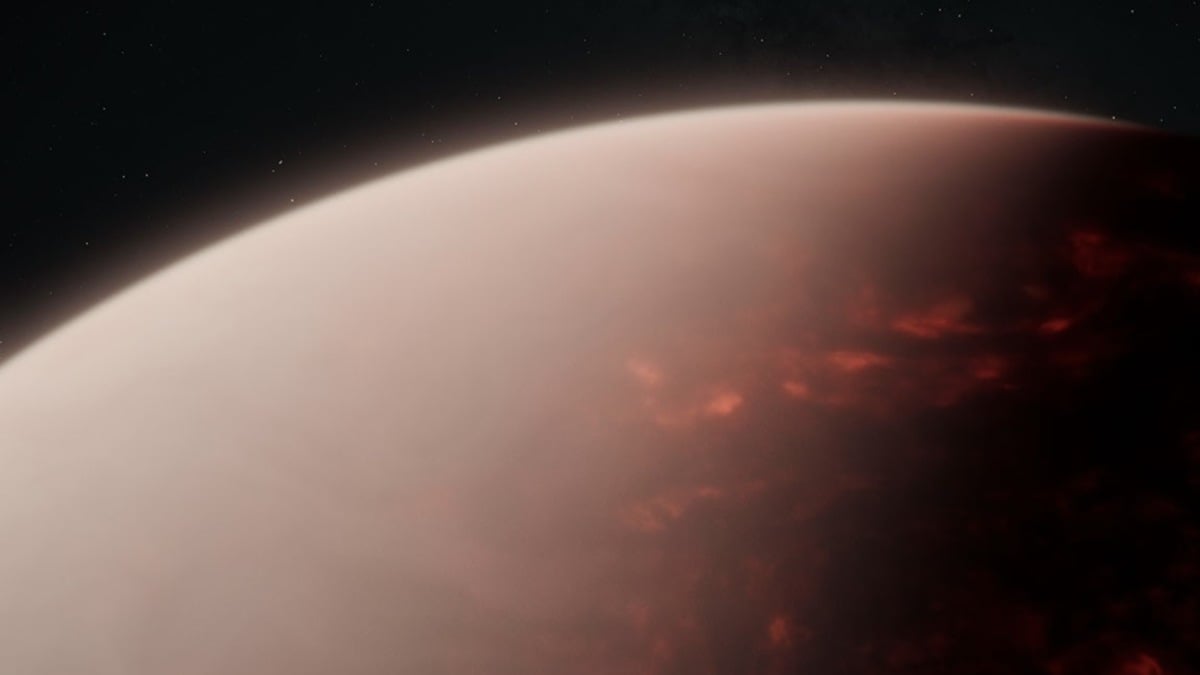- Is there a…
NASA’s James Webb Space Telescope has found the strongest evidence yet that a small, rocky planet outside our solar system has air, even though it orbits precariously close to its…



At least half of the world’s glaciers are expected to disappear by the end of the century due to climate change, according to a new study by Swiss researchers published Monday in the journal Nature Climate Change.
The study warns that between…

Kimbel, W. H., Johanson, D. C. & Rak, Y. Systematic assessment of a maxilla of Homo from Hadar, Ethiopia. Am. J. Phys. Anthropol. 103, 235–262 (1997).
Google Scholar

WASHINGTON — New analysis suggests that problems with NASA’s MAVEN Mars orbiter may be more serious than a simple communications glitch.
NASA said Dec. 9 that it lost contact with the spacecraft three days earlier after MAVEN failed…

Since it began operations in 2022, the James Webb Space Telescope (JWST) has allowed scientists to make incredible strides in our understanding of the cosmos — especially its early epoch. However, one lingering cosmological mystery that the…

A new mesoporous polymer combines optical transparency higher than glass with thermal conductivity lower than air. The material, which is easily made at the square-metre scale and should last decades, could be used to make insulating windows for…

NASA’s James Webb Space Telescope has found the strongest evidence yet that a small, rocky planet outside our solar system has air, even though it orbits precariously close to its…

SHENZHEN, China, Dec. 16, 2025 /PRNewswire/ — Huawei Digital Power’s Commercial and Industrial Hybrid Cooling Grid Forming Energy Storage System (C&I GFM ESS) has successfully passed a stringent extreme ignition test…